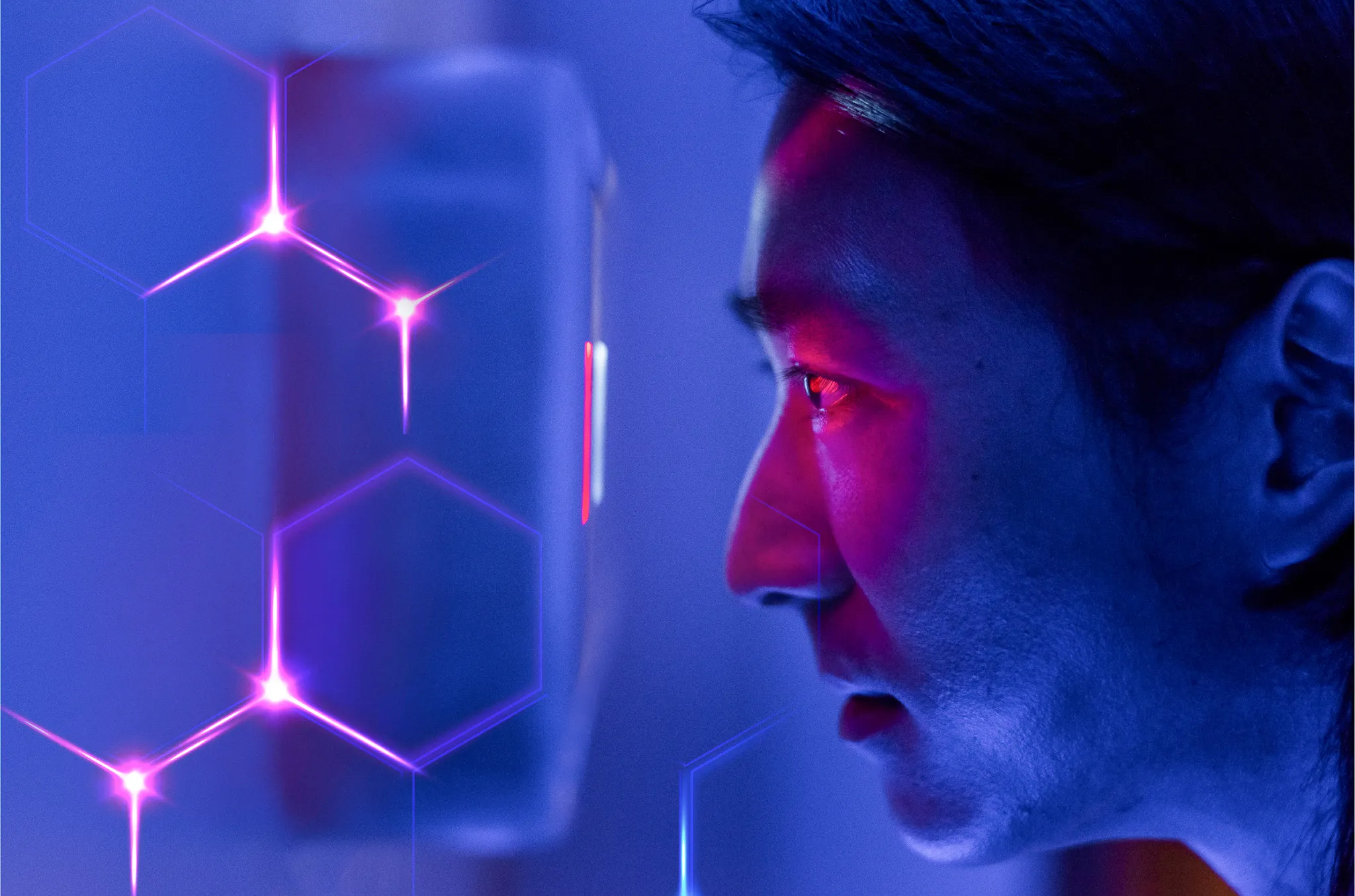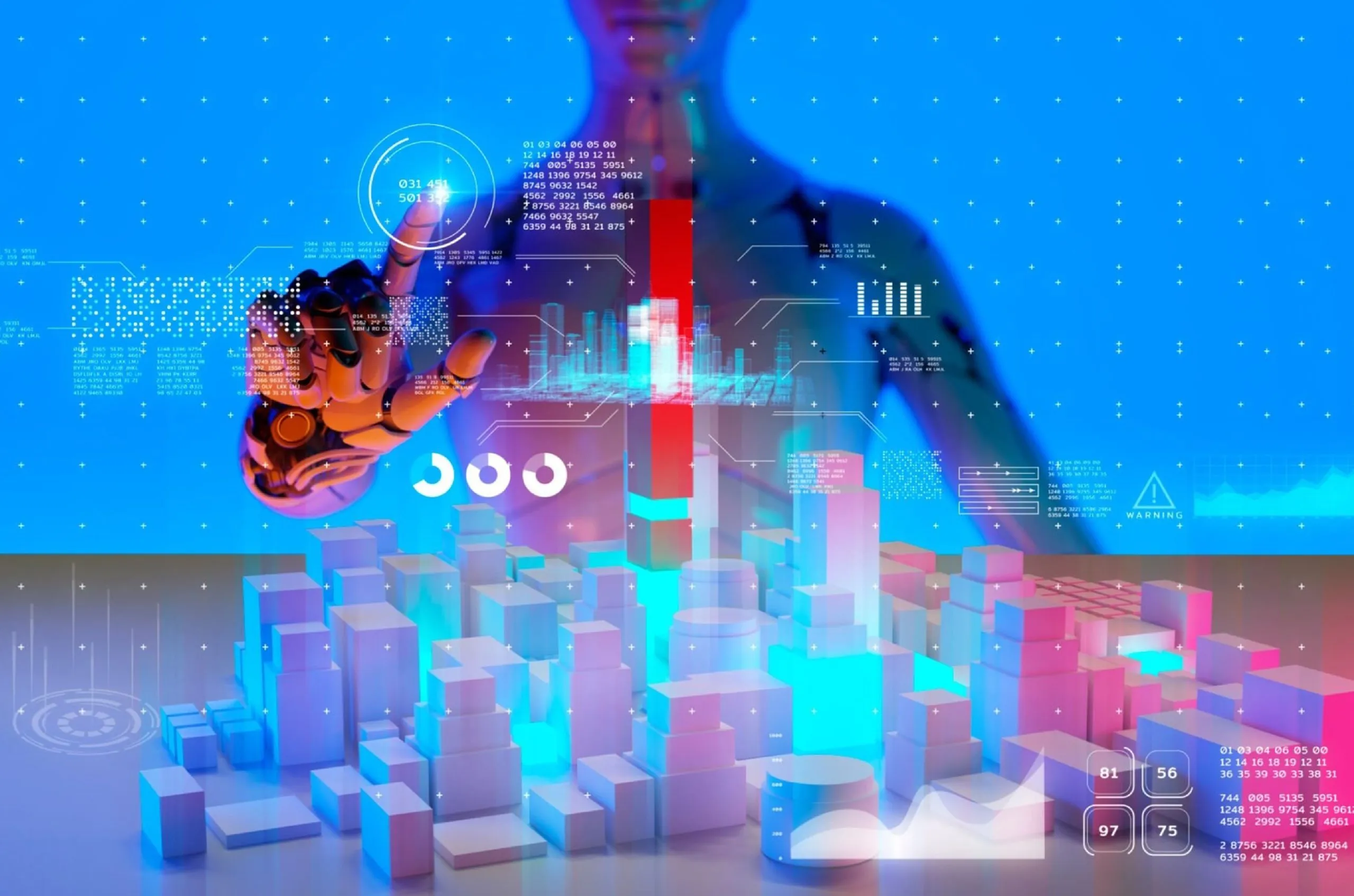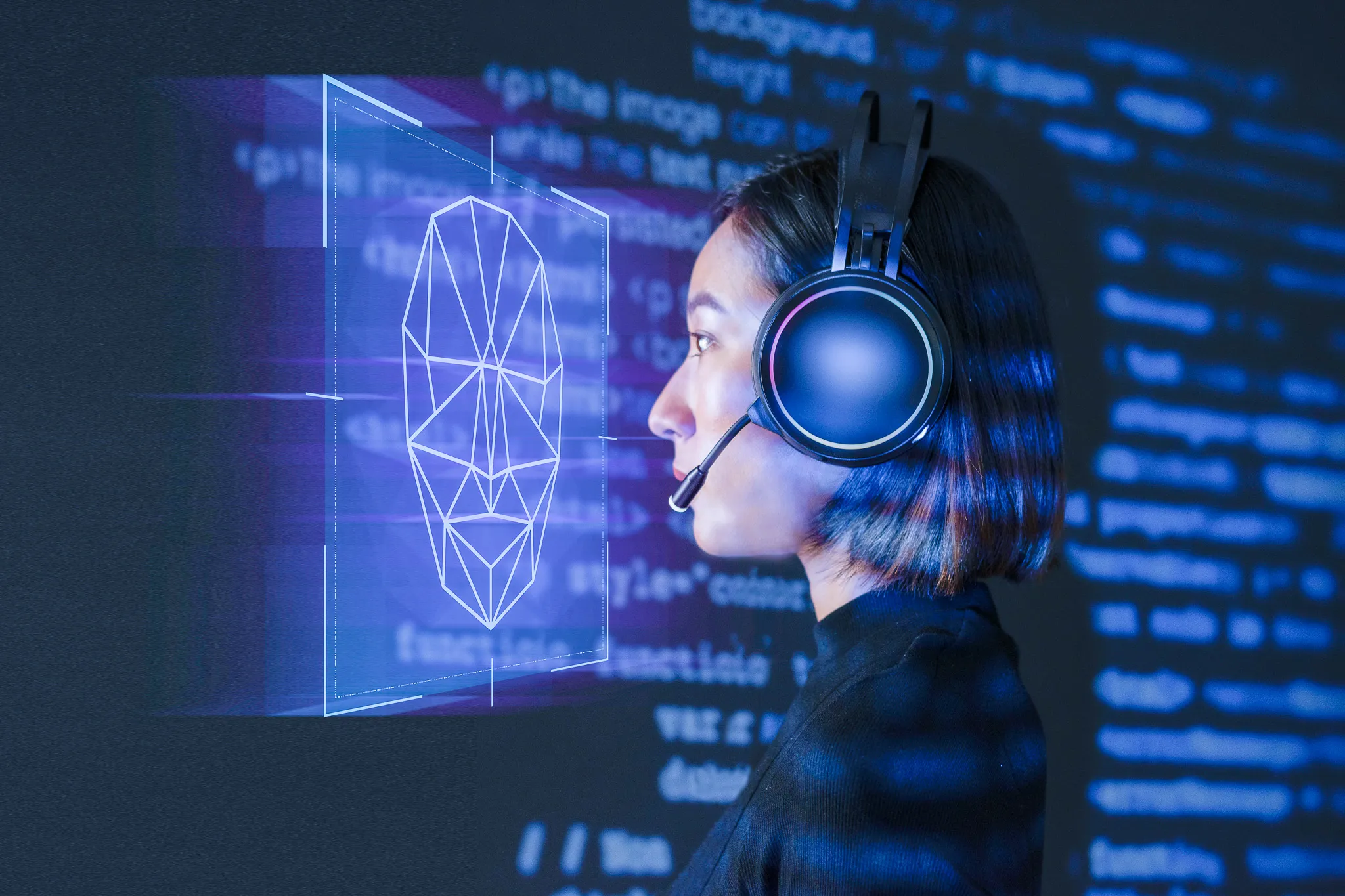Using YOLO Algorithm for Real-Time Object Detection
June 22nd, 2024 - Aptaworks
If you are interested in real-time object detection, you have likely come across the term YOLO algorithm.
YOLO, which stands for “You Only Look Once,” is a deep learning algorithm used for object detection in real-time video and images. YOLO uses a single neural network to detect objects in images and videos, making it faster and more efficient than other object detection algorithms.
How does the YOLO algorithm work, and how is it applied in different technologies that we know today? Read on to find out!
How Does the YOLO Algorithm Work?
The YOLO algorithm works by using a convolutional neural network (CNN) to divide an image or video into a grid of cells. For each cell, YOLO predicts the probability of an object being present and the bounding box that surrounds the object. The algorithm is trained on a large dataset of labeled images to learn to recognize objects in various scenarios.
During training, YOLO learns to identify different object classes and the location of objects in the image. The algorithm also learns to filter out false positives and improve detection accuracy.
One of the advantages of the YOLO algorithm is that it’s able to detect multiple objects in an image or video simultaneously, making it ideal for real-time applications. YOLO is also able to detect objects at different scales and orientations, which makes it a versatile tool for object detection.
Applications of the YOLO Algorithm
The YOLO algorithm has contributed to the birth of various technologies across different industries. A few examples of its applications are:
Self-driving cars
Used to detect objects such as pedestrians, cyclists, and other vehicles on the road. This helps the car make decisions on speed, acceleration, and braking.
Surveillance
Used in surveillance systems to detect suspicious activity and notify authorities in real-time.
Robotics
Used in robotics to detect and track objects, such as packages or items on a production line.
If you enjoyed this article, then you should enjoy these articles below:

Introduction to Data Science & Machine Learning
Given the explosive growth of data in recent years, it is no surprise that data science has become a rapidly growing field crucial for many industries in Indonesia. Businesses are now actively seeking out professionals who possess the skills to translate vast amounts of company data into informed, or even automated, business decisions. But what is data science all about, and how are machine learning models applied in its practice? Find out the answers in this article!

Using YOLO Algorithm for Real-Time Object Detection
If you are interested in real-time object detection, you have likely come across the term YOLO algorithm. YOLO, which stands for “You Only Look Once,” is a deep learning algorithm used for object detection in real-time video and images. YOLO uses a single neural network to detect objects in images and videos, making it faster and more efficient than other object detection algorithms. How does the YOLO algorithm work, and how is it applied in different technologies that we know today? Read on to find out!
